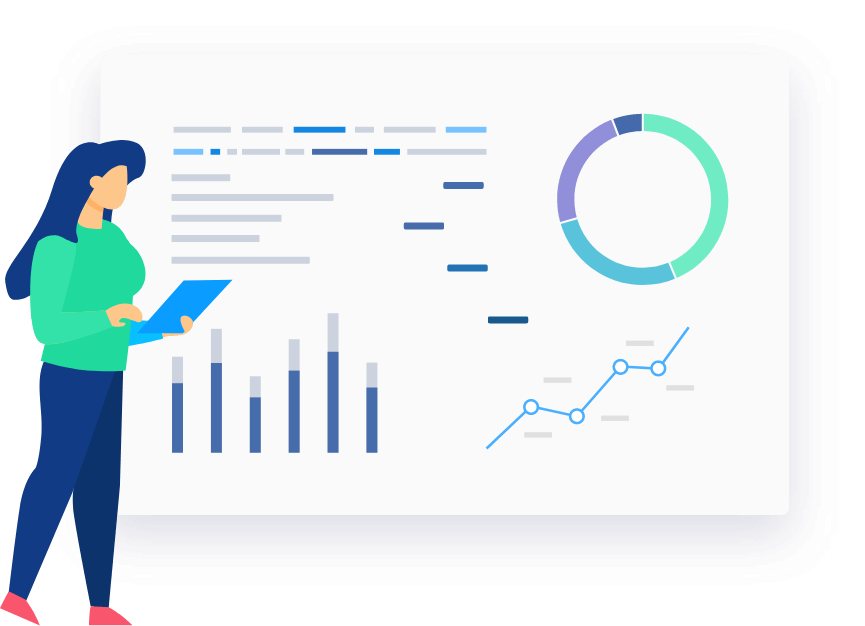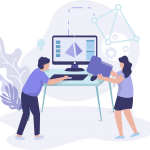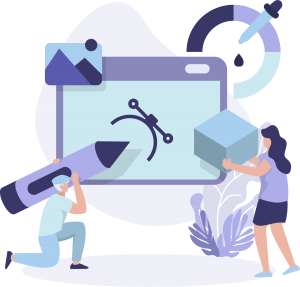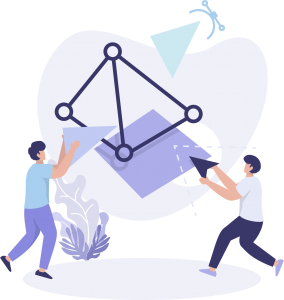What is the IYS Skills Taxonomy?
In the same way that an app can map out where places are and how they’re connected, a skills taxonomy maps out what skills people have - and how they’re connected.
It’s a complex web of hard skills, soft skills and everything in between. That’s why you need an intelligent system that can map out how these skills fit together.
The IYS Skills and Occupation Taxonomy (or, as we like to call it, ISOT) is just that, an intelligent and logical database of skills.

ISOT simplifies the complex world of skills
Our intelligent database maps out the complexities and nuances between different skills, how they interrelate and what distinguishes them from each other.
And remember, the term skills is used to cover a range of different concepts: from technical “hard” skills, aptitudes or “soft” skills, activities, knowledge, domain and qualifications or certifications.


ISOT covers a wide range of skills, relating to over 32 industries
It comprehensively covers: IT, engineering, life sciences, healthcare, finance, sales & marketing, HR, arts, science and education, as well some lesser-known sectors.
The ISOT is informed by years of research and, what’s more, we update it constantly to reflect changes in the market. That’s something that’s increasingly important in our digital age as innovation in new technologies and business models are constantly creating new jobs - and new skills.
The ISOT solves the problem of “how should new job roles, and the skills within these roles, be defined and categorized?”
ISOT covers over 130,000 skills
In order to deal with the nuances between different skills in different industries, the ISOT covers an exhaustive list of skills - ranging from the commonly-known to the bespoke and highly-specialized.

How does the ISOT define and distinguish so many different skills?

By Hierarchy
Skills can be classified based on what overarching skill they sit within. Each term within the hierarchy shows a deeper, more specific set of skills.
For example, within computer programming you may have:
Software Engineering > Software Development Methodologies > Agile Methodology
And within marketing you may have:
Digital Marketing > SEO > SEO Activities > On-Page SEO Activities > URL Rewriting

By Association
Skills can also be categorized based on what other skills are associated with it. For example, within the med tech industry, the following skills are all associated with medical coding:
Medical coding standards, medical coding software, areas in medical coding, certifications in medical coding.

By context
Some routinely-used words make little sense in isolation, and often mean different things for different people. The ISOT is intelligent enough to be able to distinguish between these phrases to understand that, whilst they use the same word, they don’t mean the same thing.
A simple word like “English” can mean different when prefixed (or suffixed.) Teaching English, learning English, blogging in English, teaching in English.
How is the ISOT kept up-to-date?
We constantly update the ISOT to include emerging skills, and to better understand the nuances of existing skills. This is what sets us apart from other standard taxonomies.
But how do we do this?
Software Tools
New information is obtained through natural language processing (NLP) and other machine-learning algorithms. We then analyze and cross-check these and, if appropriate, supplement or reorganize the taxonomy to reflect the new information.


Consultation with subject matter experts
Alongside our own secondary research, we consult with experts in the field, and use their insights to update the ISOT.
Feedback from users
We work collaboratively with our users, and make updates to the ISOT based on feedback to fine tune the database.



